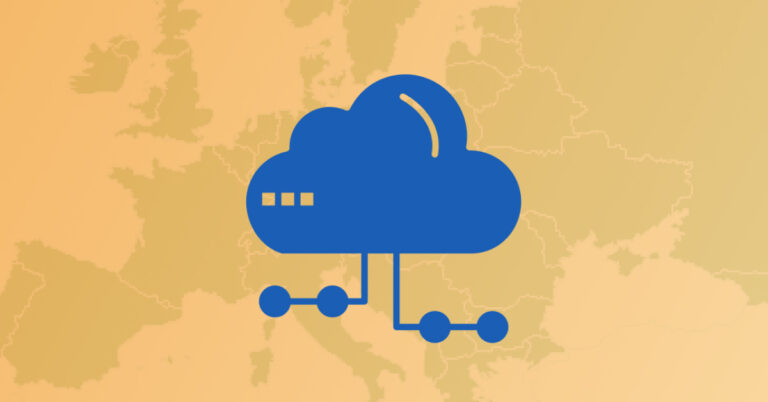
The Post-Cloud Evolution: Europe Moves to the Edge
June 3, 2020

Current cloud investments have been a boost for flexibility and productivity. The challenge is that there is a single point of failure with these platforms, requiring diversity of providers to reduce dependencies. The future of cloud computing will see effects from the ambitions and expansion of cloud providers themselves, as well as potential competition. This is especially true with Amazon, Google, and to a lesser extent Microsoft. These conflicts go deep and across many—if not most—industries.
The cloud trends we expected at the end of 2019 now see winds of change from the COVID-19 pandemic’s impact. As our workers continue to work remotely, challenges increase. We need to deliver applications and experiences that are higher fidelity to provide the nearest experience to being there in person. These types of new experiences require computing and network resources to be closer to users to reduce latency.
Similarly, with new options coming to market over the next two years like 5G and advanced satellite connectivity, there will be new demand for capacity and performance.
CDN providers have moved towards delivery of much of this demand and opened their platforms to run simple applications at the edge. There will be a lot more capabilities and options in the short term.
Edge Computing
It’s impossible to talk about the future of cloud computing without mentioning the near future of edge computing. Edge computing is critical because of the explosion of devices that generate a lot of data. And not just any data—this data must be collected and analyzed quickly before centralizing. Centralized data is less time-sensitive and often takes more time to process.
Over the next 10 years, the average person will have 15 devices. That doesn’t even take into account the devices in connected homes and buildings. These smart devices are network-connected and often generate large volumes of data. Likewise, smart buildings and smart homes will increasingly rely on specialist clouds.
As a result, many if not most industries are now opt to build their own cloud services. This will increase the need for standard building blocks, including consistent observability across platforms and platform services.
Europe’s Cloud Revolution
Industry-specific clouds are continuing to develop, as are government-or country-specific clouds. Most recently, there are initiatives in the EU to build a competitive European Cloud Initiative.
Europe sees a threat in US-based companies who control vast amounts of data and computing resources. In turn, the European sector feels it must build a competitive service to control relevant policies for that data. This nationalistic—or regionalistic—movement is borne from the urge to protect businesses and create or preserve autonomy.
The initiative envisions a “Digital Single Market” in Europe. Alongside it would come a European Open Science Cloud (OESC) for the continent’s science and technology researchers, all with added tools—European Data Infrastructure (EDI) and high performance computing ecosystem—supporting it.
The question now is how competitive these country-based clouds will be against the mega providers who have vast experience building and operating cloud infrastructure for the last 14+ years? Time will tell, but the European initiative is off to a slow start.
New Tools in Distributed Places
With these increasingly distributed environments there are extra challenges in managing and collecting data, something we see regularly in observability use cases. We do not lose all hope as innovation is alive. For example, In the most recent Linux kernel release there was a major advancement in embedded encryption and security.
Wireguard is making distributed networks and clouds much easier to manage versus older centralized models we had with point-to-point Encryption and VPNs. Consequently, this open standard will make data collection easier. That includes for observability across different clouds and platforms. New tools like Tailscale that use Wireguard create an easier way to connect devices along disparate networks. This technology’s next generation will result in even more sophisticated policy. On top of that, expect intent management layers on top of the easy-to-use and implementations such as Tailscale.
While we have fresh challenges, there are recent innovations that will make things easier and possible that are difficult today. Keep watching as these technologies develop and become proven.




